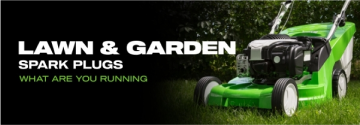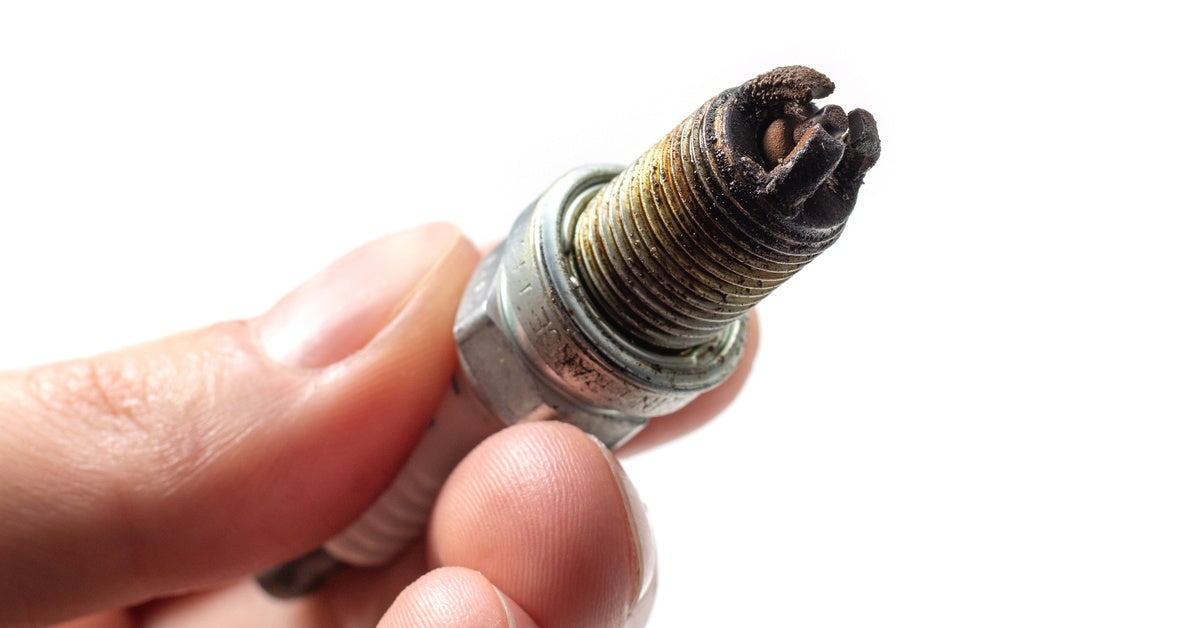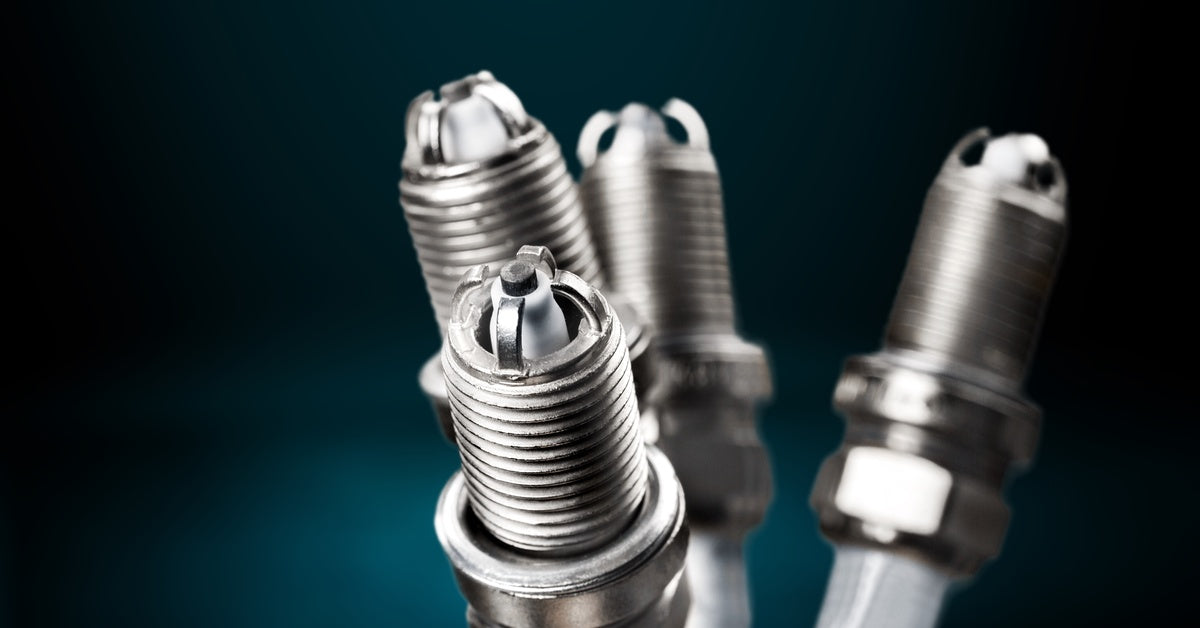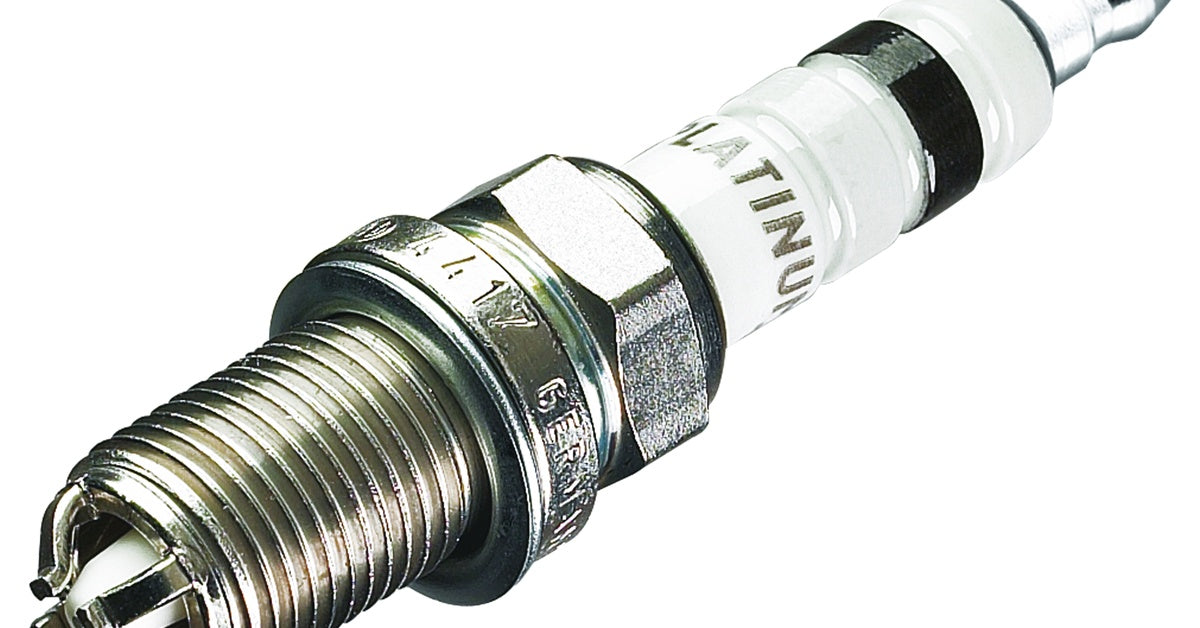
If your motorcycle starts sputtering during your morning commute, consider checking one of the most revealing diagnostic tools: the spark plug. Learning how to read a motorcycle’s spark plug color allows you to figure out exactly what’s happening inside your engine and find a solution.
What Is the Ideal Spark Plug Color?
Spark plugs tell you about your engine’s combustion chamber. Each color pattern reveals specific information about fuel mixture, combustion temperature, and engine health.
A healthy spark plug displays a light brown or beige color on the insulator tip. The electrode should appear clean with minimal deposits, and the insulator should show even coloration without dark spots or unusual buildup. When you see this color, it means your motorcycle should be running efficiently and producing maximum power.
When you remove a spark plug, you may notice various colors on the electrode and insulator tip. These colors result from combustion byproducts, fuel additives, and operating conditions. Knowing how to read them allows you to adjust your motorcycle’s performance.
Rich Fuel Mixtures
Black, sooty deposits on your spark plug indicate a rich fuel mixture. This condition means too much fuel enters the combustion chamber relative to available air. The excess fuel doesn’t burn completely, leaving carbon deposits on the plug surfaces.
Clogged air filters can cause rich conditions, faulty fuel injectors, or incorrect carburetor adjustments. Driving in cold weather or taking short trips that don’t allow the engine to reach operating temperature also contribute to this condition.
Start by checking your air filter for clogs or restrictions. Replace dirty filters and inspect the intake system for blockages. If you have a carbureted motorcycle, consider adjusting the fuel mixture screws or cleaning the carburetor jets. Fuel-injected bikes may require a professional diagnosis of the fuel system components.
Lean Conditions
White or light gray spark plugs signal lean fuel mixtures. This condition occurs when insufficient fuel mixes with available air, creating high combustion temperatures. Your engine can overheat due to lean conditions and potentially seize.
Common causes include vacuum leaks, clogged fuel injectors, or incorrect carburetor settings. Low fuel pressure or worn fuel pumps also create lean conditions. These problems require immediate attention to prevent serious engine damage.
Check for vacuum leaks around intake manifolds, carburetor boots, and vacuum lines. Replace any cracked or deteriorated components. Carburetor adjustments may be necessary to restore proper fuel flow.
Overheating and Preignition

Spark plugs that appear glazed, blistered, or show electrode melting point to overheating issues. This condition results from incorrect heat range selection, advanced ignition timing, or engine problems that create excessive combustion temperatures.
Overheating can cause preignition and detonation, possibly even catastrophic engine failure. Preignition occurs when fuel ignites before the spark, while detonation occurs when multiple flame fronts collide. Both conditions can quickly destroy engines. Common causes include carbon deposits, incorrect octane fuel, advanced timing, or excessive compression ratios.
The plug’s heat range must match your motorcycle’s operating conditions and performance modifications. Installing the wrong heat range creates thermal problems that damage plugs and engines.
To prevent preignition, use fuel with the appropriate octane ratings for your motorcycle. You can remove carbon deposits with proper maintenance and quality fuel additives. Check ignition timing and adjust if necessary. Avoid modifications that increase compression beyond safe limits.
Broken Insulators
Cracked or broken spark plug insulators are often caused by detonation. This condition creates shock waves that physically damage plug components. Detonation typically occurs under heavy loads with low-quality fuel or incorrect ignition timing.
Broken insulators can cause misfires, rough idle, and potential engine damage from ceramic fragments. You should replace damaged spark plugs and address underlying causes to prevent recurrence.
Burning Oil

Wet, black, oily deposits on spark plugs show oil consumption. This condition occurs when oil enters the combustion chamber through worn piston rings or cylinder walls. The oil burns during combustion, creating a distinctive residue.
Burnt oil reduces power and can foul spark plugs quickly, apart from being bad for the environment. Depending on the severity, repairs may range from simple seal replacements to complete engine rebuilds.
A compression test checks the piston ring condition to determine the source of the oil consumption. Low compression in one or more cylinders suggests ring wear. Blue smoke from the exhaust during startup implies valve seal problems, while continuous blue smoke points to ring issues.
Normal Wear Patterns
Normal spark plug wear creates gradual electrode erosion and slight insulator discoloration. The electrode gap slowly increases the more you drive, and the firing surfaces develop rounded edges.
Understanding normal wear helps distinguish between maintenance needs and actual problems. Knowing how to read a motorcycle’s spark plug color includes recognizing when wear exceeds the norm and requires attention.
Motorcycle manufacturers usually recommend when to replace spark plugs. High-performance riding, modified engines, or severe operating conditions may require more frequent changes. Quality replacement motorcycle spark plugs will make your ride perform reliably.
Proper Inspection Techniques
Removing spark plugs from a warm engine provides accurate readings. Cold engines aren’t representative of combustion conditions, while overheated engines can alter plug appearance. Use proper tools to avoid damaging threads or insulators.
Examine each spark plug individually, noting differences between cylinders. Variations in color or condition between plugs can imply specific cylinder problems or fuel distribution issues. Document your findings with photos for future reference.
Compare spark plugs from different cylinders to identify patterns. Consistent conditions across all cylinders suggest system-wide issues, while individual differences point to specific cylinder problems. This analysis helps pinpoint exact causes and solutions.
When To Replace or Adjust Your Spark Plugs
By understanding spark plug colors and conditions, you can diagnose whether your spark plugs require replacement or system adjustments. Severely damaged, fouled, or worn plugs need immediate replacement. Minor color variations may only require fuel system or ignition adjustments.
Consider your motorcycle’s maintenance history and operating conditions when making decisions. Address underlying causes, along with spark plug replacement, to prevent recurring problems.
If you need to replace your spark plugs, you can find quality parts at E3 Spark Plugs. Visit our product page for more information on the right parts for your ride.







